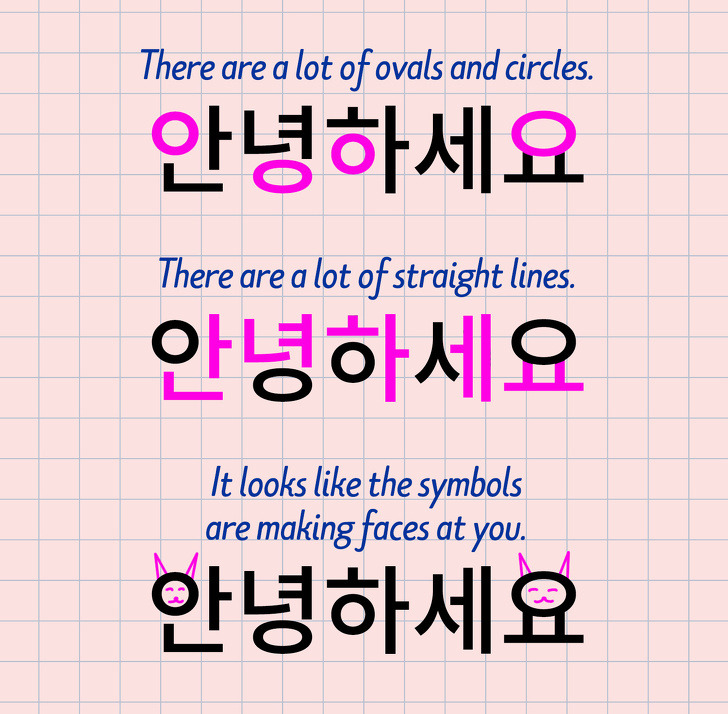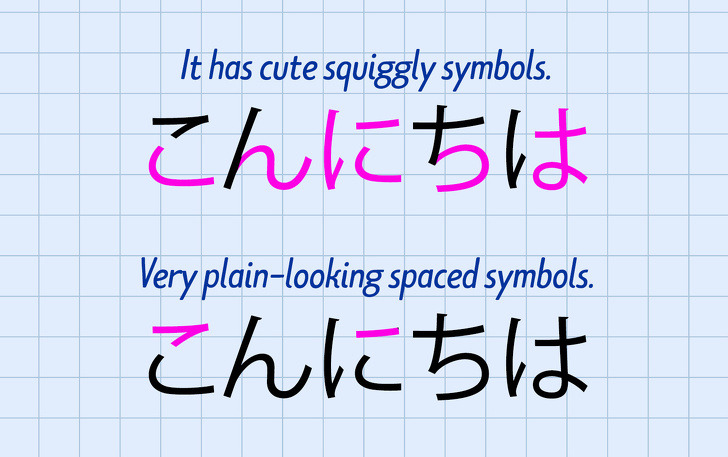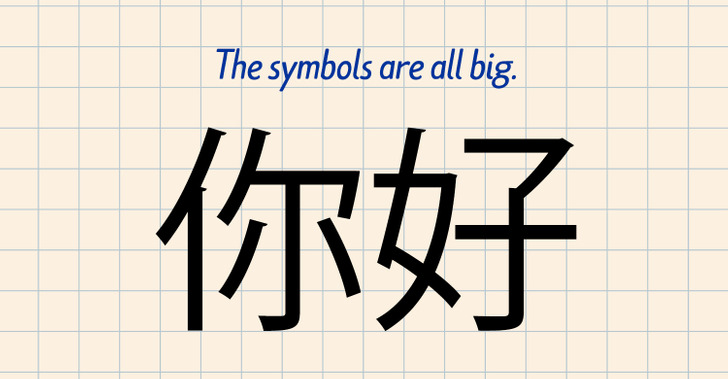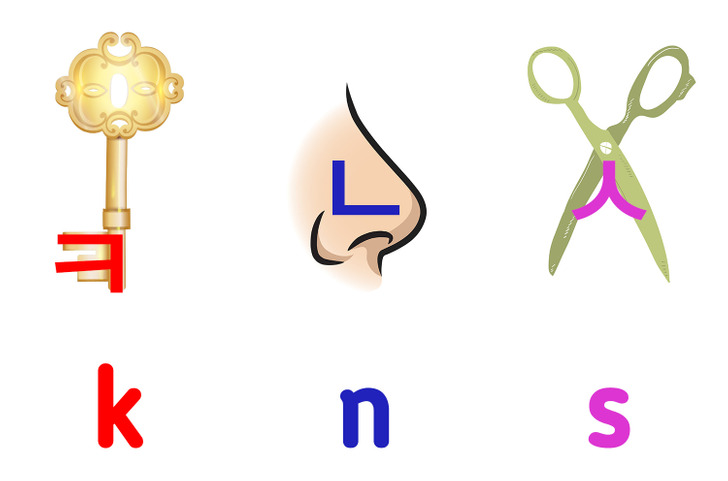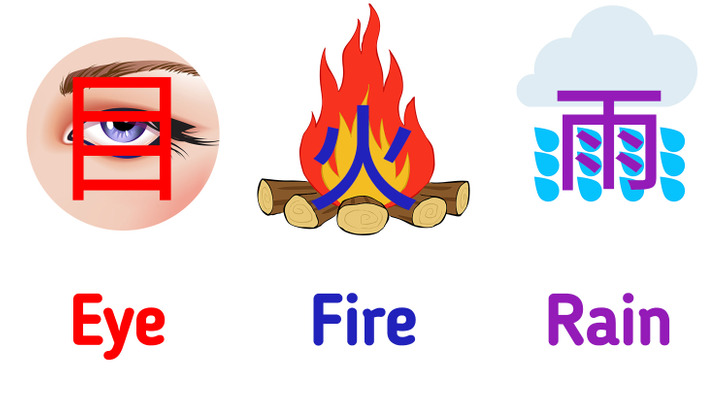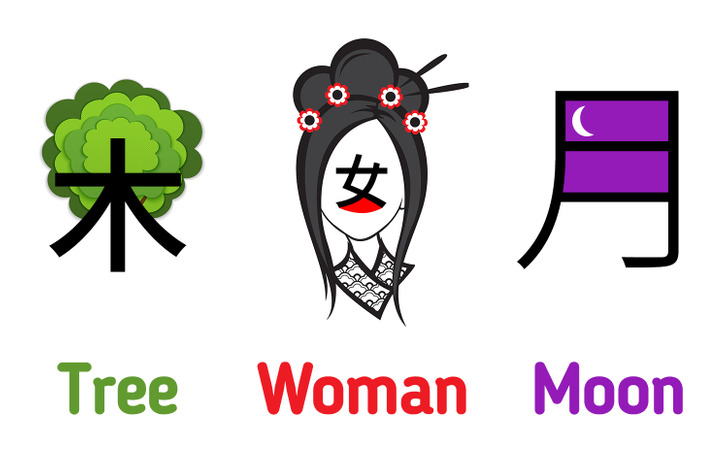How to Tell the Difference Between Korean, Japanese, and Chinese
Chinese, Japanese, and Korean are comparable in many ways. Sometimes, it may seem a bit difficult to distinguish one of these languages from the other because of the similar alphabet (characters) used, which consists of symbols rather than letters. They’re also different in the way they use vowels, consonants, intonations, and more. As soon as you’re familiar with the differences, learning each one of them becomes less challenging.
5-Minute Crafts rounded up some distinct features of Chinese, Japanese, and Korean for you to be able to spot the similarities and differences easily.
It’s Korean.
Korean is an agglutinative language that adds speech elements together in the same word. The agglutinative process is seen in English too, although, it uses separate words, such as prepositions, modal verbs, etc. For example, you can add -ed or -d to a regular verb, as in enjoy → enjoyed, and it’ll mean a past happening.
- The space used between the words makes it easy to read.
- Unlike Chinese and Japanese, Korean uses European punctuation marks, such as commas, question marks, etc.
- The Korean alphabet is unique with circular shapes that aren’t seen in Chinese or Japanese. While learning it, using some mnemonics can be helpful. For example, the letter k, shown as ㅋ, looks like a key, the letter s can be compared to scissors ㅅ, and n looks like a nose ㄴ.
- It uses many lines, ovals, and circles. For example, ’’hello’’ in Korean is written as 안녕하세요.
It’s Japanese.
The Japanese language has 3 alphabets (symbols): Kanji, Hiragana, and Katakana. The combination of Hiragana and Katakana is called Kana. Each alphabet is used for different purposes.
- Katakana symbols are mainly used for foreign words that are borrowed from other languages, whereas Hiragana symbols are mainly preferred for grammatical purposes. Out of all of them, Kanji is the main alphabet that’s based on Chinese characters, whose symbols can be used alone or merged with other Kanji or Kana symbols to form more words.
- In Japanese, there’s no space between the words and it makes it hard to know where a word ends and another begins. Just like Chinese, Japanese can also be written vertically and horizontally.
- While Katakana is more squarish (boxier), Hiragana is much curvier and rounder. ’’Hello’’ in Japanese is written like こんにちは.
- To memorize the words, you can use the image-based mnemonic method where each word is remembered through objects. For example, imagine your eyes are looking through 目 to remember that it means ’’eye.’’ 火 looks like ’’fire.’’ Or consider watching the rain from 雨, which means ’’rain.’’
It’s Chinese.
Chinese is the oldest of the 3 languages. It’s a polyphonic language, which means that it has 2 or more pronunciations with distinct intonations, just like musical notes.
- While Chinese is a tonal language, Japanese and Korean are not.
- Although ancient Chinese was written up and down, it can be written horizontally too.
- Compared to Japanese and Korean, the Chinese symbols are all big, dense, more square, and not curvy. For example, ’’hello’’ is written as 你好.
- Just like Korean and Japanese, visual mnemonics are useful in memorizing words. For example, 木 looks like a tree, and it means ’’tree.’’ If you think about the 女 symbol placed inside a circle, it’ll look like a ’’woman.’’ Similarly, imagine you’re watching the ’’moon’’ through this 月 symbol to remember its meaning.
Bonus: A Reddit user came up with an explanation to help you tell the difference between the languages.
